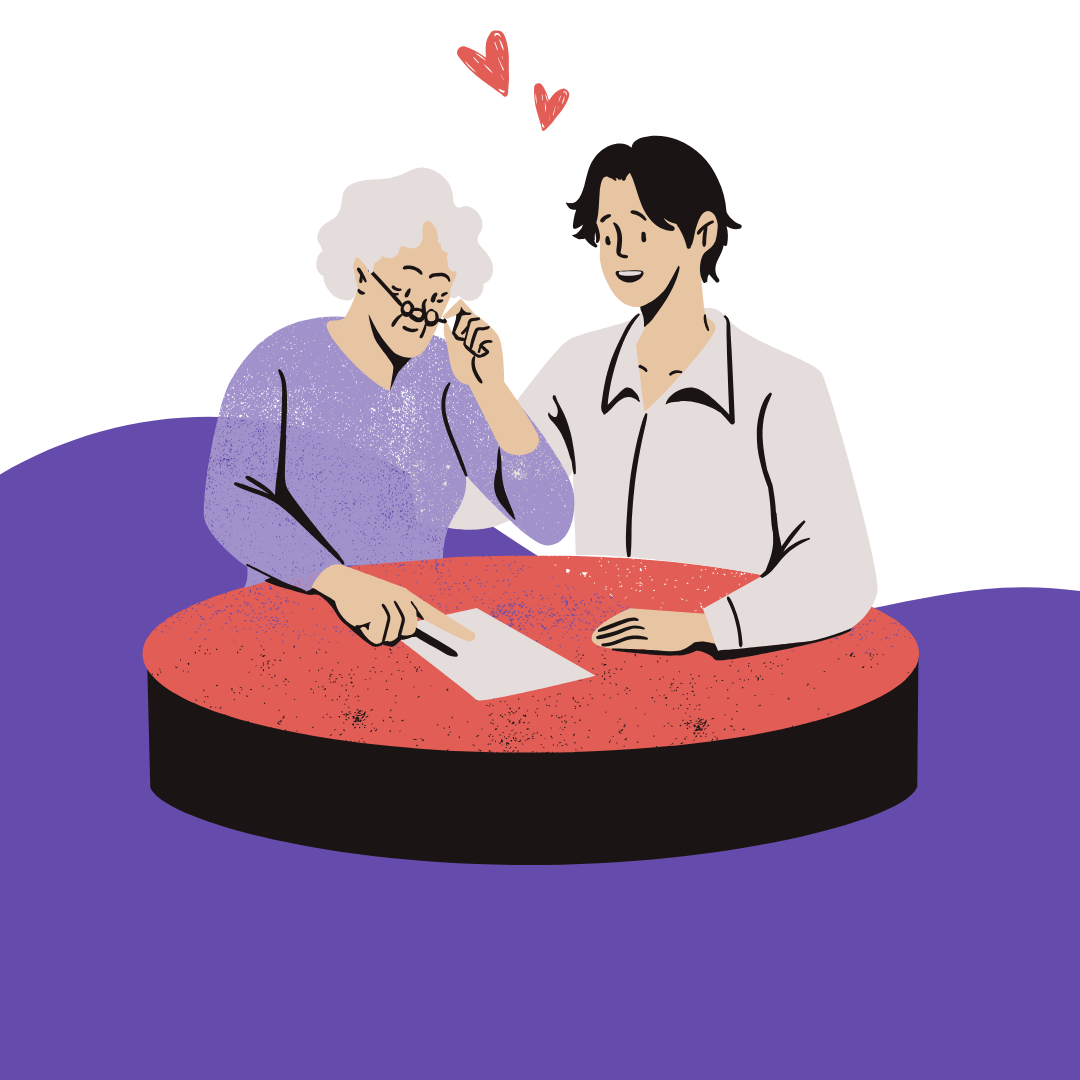
Anxiety vs. Depression: How to Recognize & Manage Both
- 12th March 2025
Introduction
Anxiety and depression are two of the most common mental health conditions, affecting millions of people worldwide. While they may share some symptoms, they are distinct conditions that require different approaches to management. Understanding the differences between anxiety and depression can help in recognizing the signs early and seeking the right treatment. In this blog, we’ll explore how to differentiate between the two, their symptoms, and the best ways to manage them.
Understanding Anxiety
What is Anxiety? Anxiety is a natural response to stress or danger, often referred to as the "fight or flight" response. However, when anxiety becomes persistent, excessive, and overwhelming, it can interfere with daily life.
Common Symptoms of Anxiety:
Excessive worry or fear about everyday situations.
Restlessness and difficulty concentrating.
Rapid heartbeat, sweating, and shortness of breath.
Trouble sleeping or feeling constantly on edge.
Avoidance of situations that trigger anxiety.
Types of Anxiety Disorders:
Generalized Anxiety Disorder (GAD): Persistent and excessive worry about multiple aspects of life.
Panic Disorder: Sudden and intense episodes of fear (panic attacks).
Social Anxiety Disorder: Extreme fear of social situations and judgment from others.
Phobias: Intense fear of specific objects or situations.
Understanding Depression
What is Depression? Depression is a mood disorder that affects how you feel, think, and handle daily activities. It goes beyond temporary sadness and can last for weeks, months, or even years.
Common Symptoms of Depression:
Persistent sadness, emptiness, or hopelessness.
Loss of interest or pleasure in activities once enjoyed.
Fatigue, low energy, and difficulty concentrating.
Changes in sleep patterns (insomnia or oversleeping).
Appetite changes and weight fluctuations.
Feelings of worthlessness or guilt.
Thoughts of self-harm or suicide (seek immediate help if you or someone you know is experiencing these thoughts).
Types of Depression:
Major Depressive Disorder (MDD): Severe and persistent symptoms that interfere with daily life.
Persistent Depressive Disorder (Dysthymia): Chronic, long-term depression lasting two years or more.
Bipolar Disorder: Alternating episodes of depression and mania.
Seasonal Affective Disorder (SAD): Depression that occurs seasonally, often in winter months. How to Manage Anxiety and Depression
1. Seek Professional Help
Therapy options such as Cognitive Behavioral Therapy (CBT) can help in managing both anxiety and depression.
Medication may be recommended by a doctor in some cases (e.g., antidepressants or anti-anxiety medications).
Support groups and counseling can provide additional emotional support.
2. Practice Stress Management Techniques
Mindfulness and Meditation: Helps in staying present and reducing overwhelming thoughts.
Deep Breathing Exercises: Techniques like the 4-7-8 method can calm the nervous system.
Progressive Muscle Relaxation: Helps in reducing physical tension caused by anxiety.
3. Maintain a Healthy Lifestyle
Regular Exercise: Physical activity boosts mood-enhancing chemicals like endorphins and serotonin.
Balanced Diet: Eating nutrient-rich foods supports brain function and emotional well-being.
Quality Sleep: Establishing a sleep routine improves mental clarity and emotional resilience.
4. Challenge Negative Thoughts
Identify and reframe unhelpful thought patterns.
Keep a journal to track mood changes and triggers.
Practice gratitude and focus on positive aspects of life.
5. Build a Support System
Stay connected with family and friends.
Don’t hesitate to talk openly about your struggles.
Join online or in-person support groups for emotional guidance.
When to Seek Immediate Help
If you or someone you know is experiencing thoughts of self-harm or suicide, seek help immediately. Contact a mental health professional, reach out to a trusted friend or family member, or call a crisis helpline.
Conclusion
Anxiety and depression are serious but manageable conditions. Recognizing the signs early and adopting healthy coping strategies can lead to better mental well-being. Seeking professional help, maintaining a healthy lifestyle, and having a strong support system can make a significant difference in managing these conditions.
If you or someone you know needs mental health support, don’t hesitate to reach out. Visit for expert advice, therapy sessions, and mental health resources. You are not alone—help is available! 💙





